Ever met a dog that seems to thrive without a leash, prefers open skies to cozy couches, and doesn’t mind a little mud on its paws? You might have crossed paths with a pariah dog; nature’s ultimate survivor. Unlike pampered pooches bred for looks or show, pariah dogs are shaped by centuries of natural selection, making them some of the most resourceful and resilient canines on the planet. Their story isn’t just fascinating; it rewrites what we think we know about “man’s best friend.”
Across continents, these free-spirited dogs have quietly influenced modern breeds, adapted to extreme environments, and formed complex relationships with local communities. While they might not fit the mold of designer dogs or apartment-friendly companions, their intelligence and independence are gaining well-deserved attention among dog lovers seeking authenticity in their canine companions.
It’s a global reminder: not all great dogs come with pedigree papers. But for those intrigued by evolution’s raw handiwork, pariah dogs offer a glimpse into the untamed heart of the canine world.
Pariah Dog Breeds
1. Carolina Dog

Often called the “American Dingo,” the Carolina Dog is a living link to ancient canine history. First discovered roaming wild in the Southeastern U.S. during the 1970s, this breed shares striking behavioral and genetic ties with East Asian pariah dogs, rather than European breeds. With its ginger coat, upright ears, and distinctive fish-hook tail, the Carolina Dog carries the unmistakable look of a primitive hunter.
This breed thrives on independence and instinct. Descended from free-ranging dogs, it has retained a natural wariness of strangers while remaining loyal and deeply bonded with its family. It’s not the type to warm up instantly, but with time and trust, the Carolina Dog reveals a gentle, observant, and deeply intuitive nature.
PetMD states that these dogs are smart and active, needing regular physical activity and mental challenges to stay happy and healthy. Their athleticism is no joke. These dogs are agile, fast, and incredibly graceful, built to move silently through dense terrain. They excel with a “job” to do; whether that’s agility, scent work, or simply exploring the outdoors.
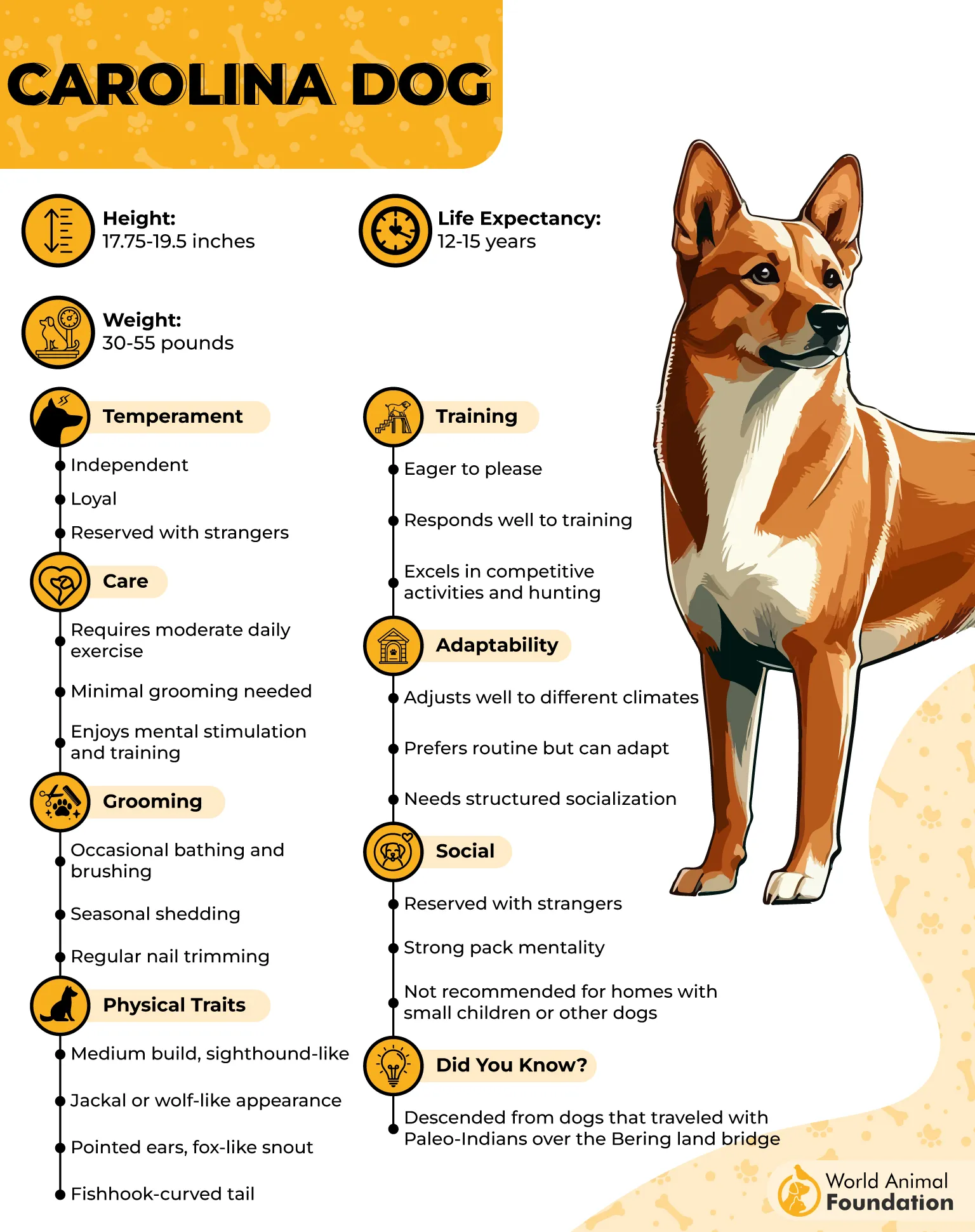
Low-maintenance in grooming but high in mental stimulation needs, Carolina Dogs flourish in environments that respect their roots. Apartment living is possible, but they’ll need daily walks and room to roam.
Smart, soulful, and a bit mysterious, the Carolina Dog is ideal for those who value nature’s blueprint over man-made design.
2. Basenji
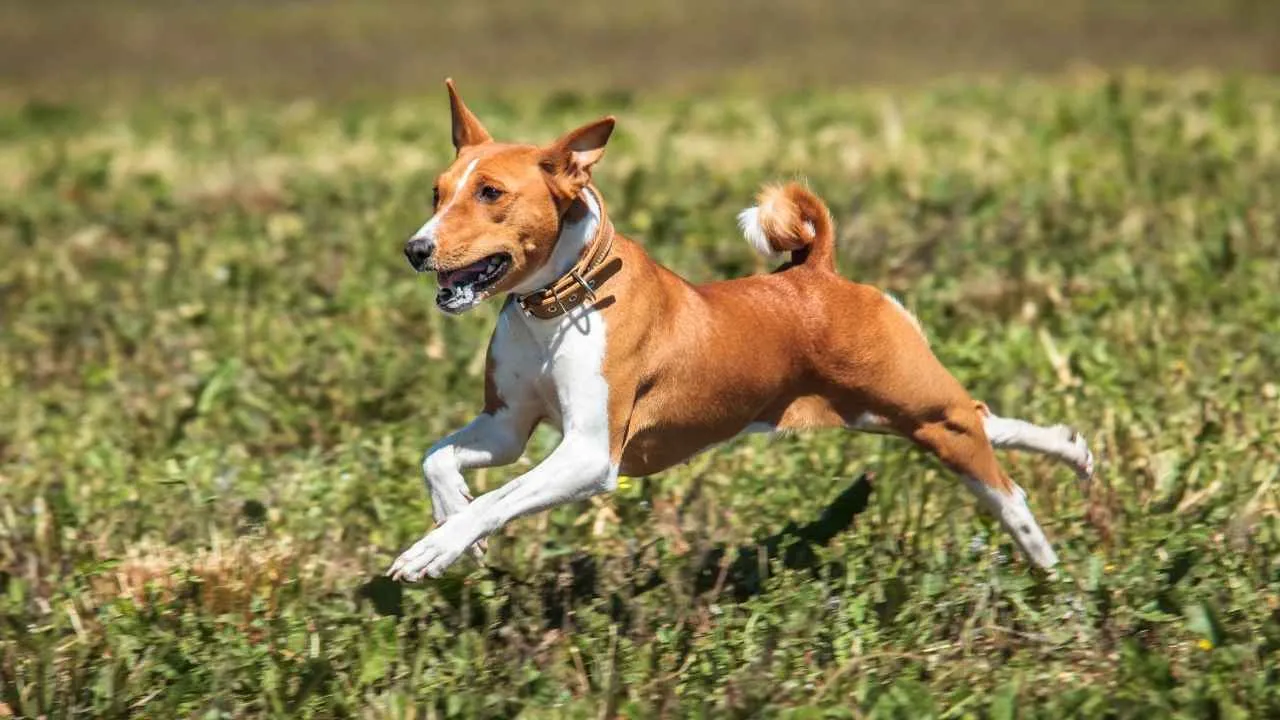
Hailing from the dense forests of Central Africa, the Basenji is one of the most unique pariah-type breeds you’ll encounter. Best known as the “barkless dog,” this breed communicates with expressive yodels instead of standard barks; a trait that instantly sets it apart. Its quiet nature doesn’t mean it’s reserved; rather, it’s alert, curious, and full of personality.
According to AKC, the Basenji is a clever, self-reliant, and graceful breed, known for its sharp mind and composed demeanor. The Basenji’s roots trace back thousands of years. Depictions of similar dogs have been found in ancient Egyptian tombs, hinting at their longstanding role as companions and hunting aids. Originally used by tribes in the Congo for flushing game into nets, the Basenji developed a sharp mind and agile body suited to fast movement and independent thinking.
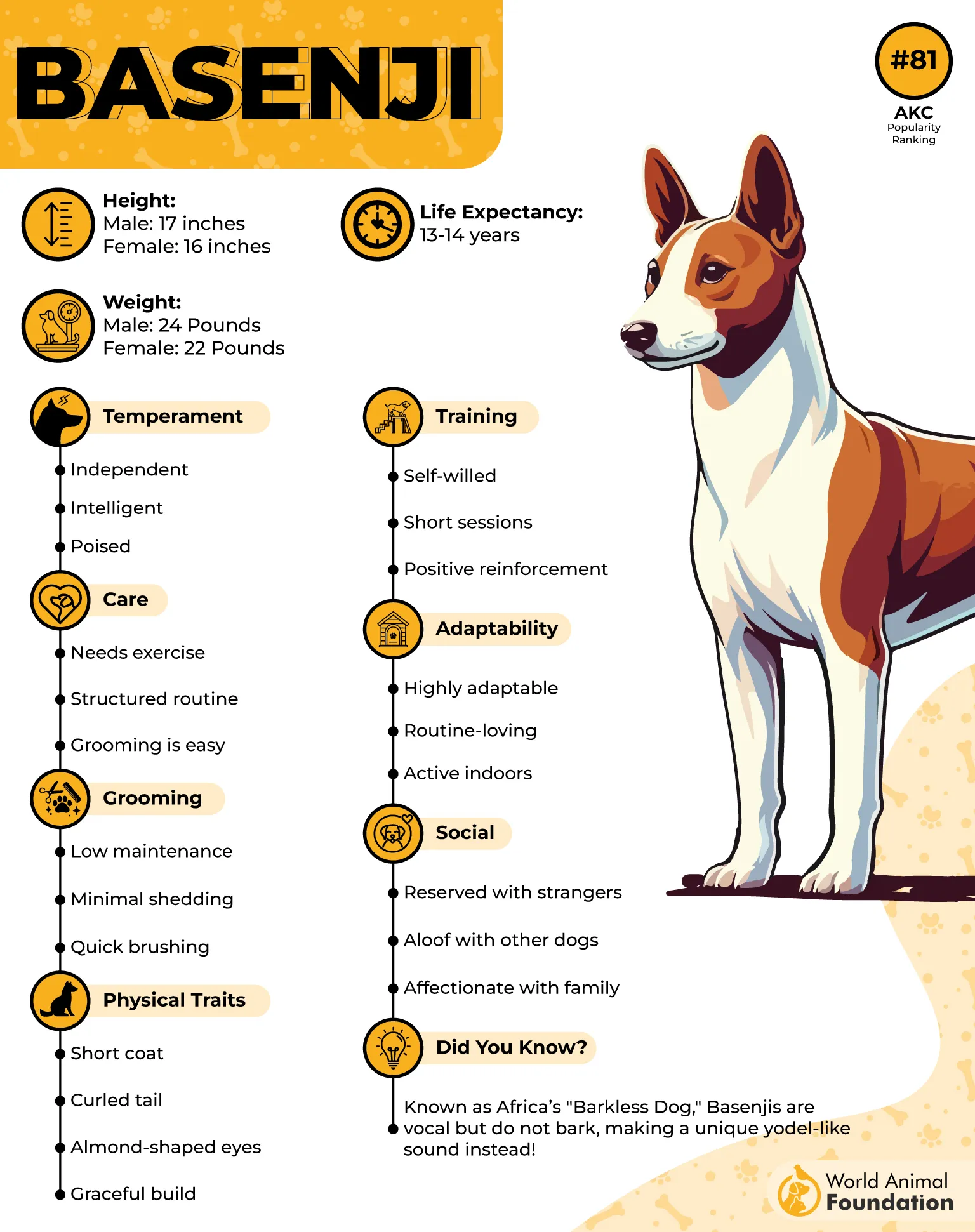
Small and sleek, this dog has a short coat, erect ears, and a tightly curled tail. Its cat-like cleanliness is another signature trait; Basenjis groom themselves meticulously and have almost no doggy odor. They’re perfect for owners who prefer low-maintenance grooming without sacrificing charm or visual appeal.
Basenjis are highly intelligent but tend to think for themselves. That means training takes patience, consistency, and a good sense of humor. They love interactive challenges and will thrive when given tasks or puzzles to solve. Boredom, however, can lead to mischief, so mental stimulation is a must.
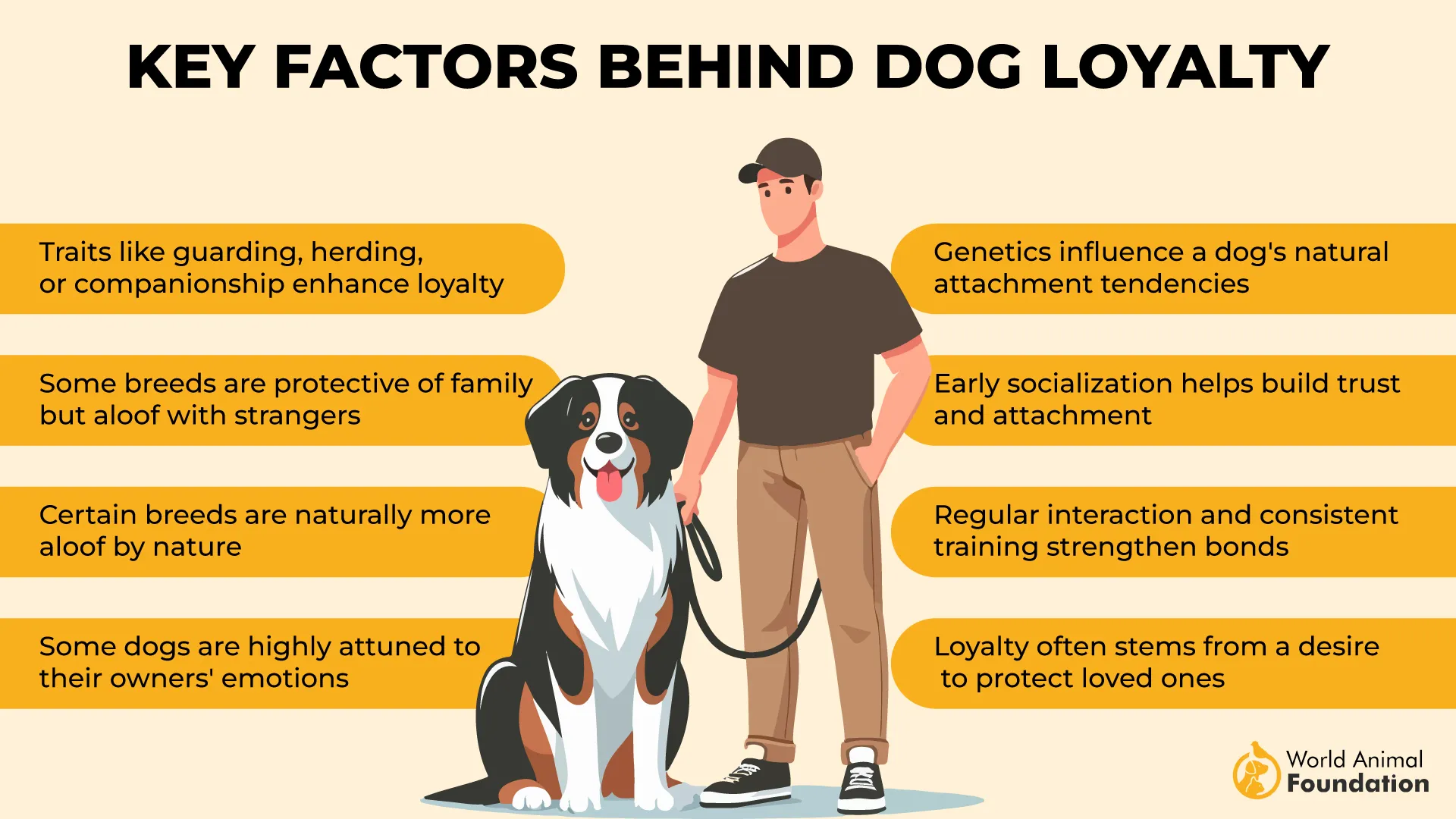
While not a lapdog, the Basenji is affectionate with its family and makes a loyal companion. It’s best suited for experienced owners who appreciate its independent streak and spirited nature. Ancient yet modern, this breed proves that evolution can pack a whole lot of character into a small, silent frame.
3. Indian Pariah Dog
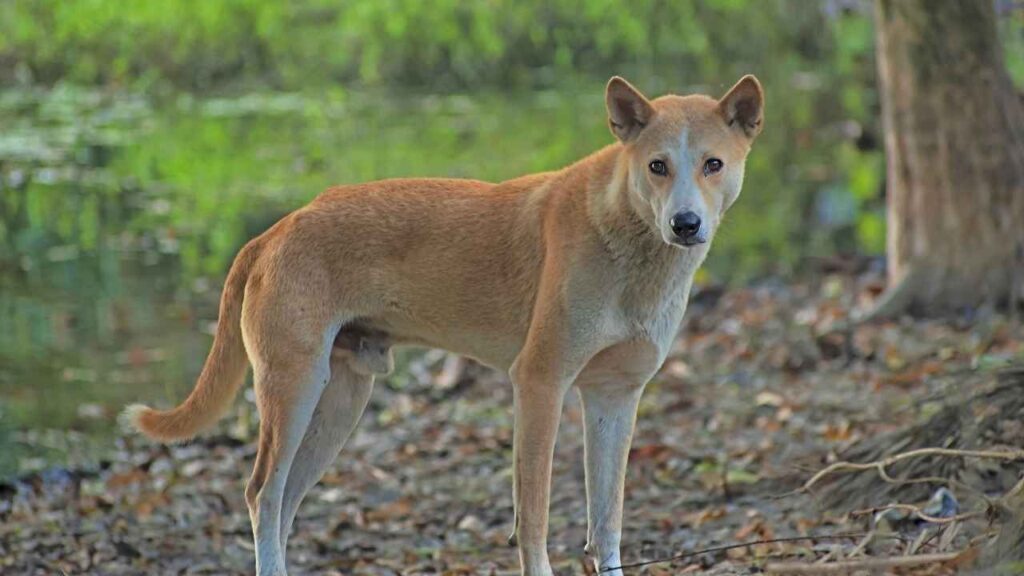
Often mistaken for strays, Indian Pariah Dogs are anything but ordinary. These naturally evolved dogs have roamed the Indian subcontinent for thousands of years, earning their survivalist stripes through instinct, adaptability, and a strong sense of community. With their wedge-shaped heads, pointed ears, and curled tails, they carry the classic look of ancient canines; unpolished by selective breeding, yet remarkably efficient.
What sets them apart is their health and hardiness. Free from many genetic issues that plague purebred dogs, Indian Pariahs are known for their robust constitution and low-maintenance coats. They require minimal grooming and adapt well to hot climates, making them ideal companions for families seeking a low-effort, healthy pet. Their short, dense coat needs only occasional brushing, and they rarely suffer from body odor or skin conditions.
Temperamentally, they’re alert, intelligent, and deeply loyal. While they can be cautious with strangers, their bond with their family is strong. Early socialization helps them thrive in multi-pet households or urban settings. Their high territorial instinct also makes them exceptional watchdogs; quiet, but vigilant.
Pariahs are highly trainable but prefer tasks that challenge their minds. Daily walks and play sessions are essential, and they love a bit of purpose in their day, whether it’s learning a new trick or guarding the yard. Though independent, they’re emotionally attuned to their humans and often seek closeness and connection.
Despite their underdog status in India’s pet culture, these “desi dogs” are gaining respect worldwide. Thanks to adoption drives and awareness campaigns, more people are recognizing the Indian Pariah for what it truly is: a loyal, intelligent, and incredibly resilient breed that deserves a forever home.
4. Alopekis
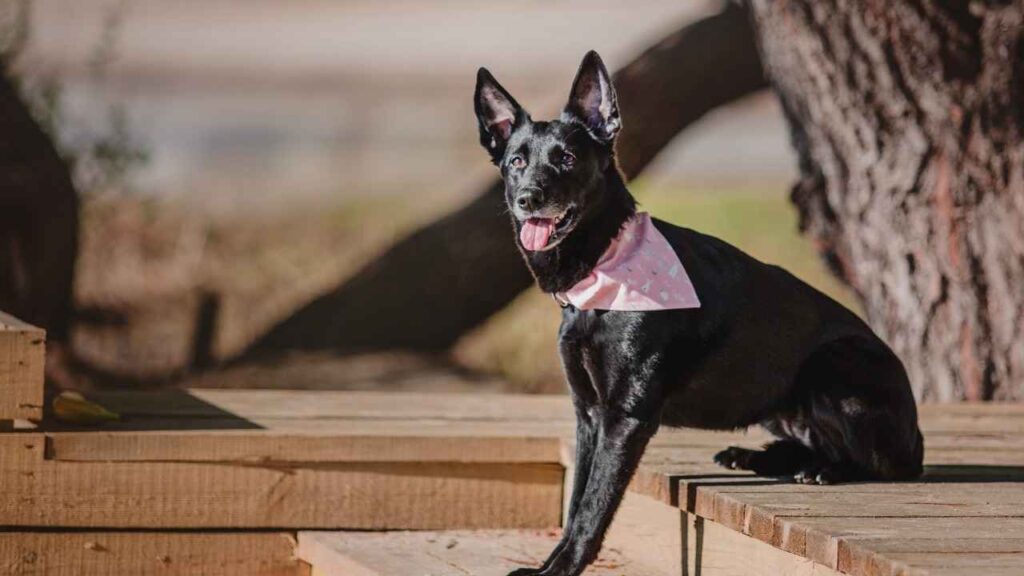
The Alopekis is a small yet ancient Greek landrace with roots tracing back thousands of years. Frequently featured in early pottery and classical literature, this foxlike breed evolved naturally, without the heavy influence of selective breeding. Its proportional build and graceful movement reflect generations of adaptation, rather than artificial refinement, making it a living relic of the canine world.
Weighing between 7 and 15 pounds and standing only 8 to 12 inches tall, the Alopekis may be compact, but its personality is anything but small. Known for being smart, spirited, and deeply loyal, this dog thrives on companionship and often forms strong bonds with its family. It’s also no stranger to hard work; historically used for guarding, pest control, and hunting small game, thanks to its quick reflexes and sharp senses.
What sets the Alopekis apart is its versatility. While it appreciates outdoor play and mental stimulation, it adapts beautifully to apartment life, provided it gets regular walks and attention. It rarely barks without reason, making it a discreet neighbor in urban environments.
Its short, low-maintenance coat comes in a variety of colors, and while grooming needs are minimal, this breed benefits from occasional brushing and routine care. Health-wise, Alopekis dogs are generally hardy, though they should be monitored for conditions like hip dysplasia or allergies as the breed’s gene pool narrows.
Endearing, energetic, and endlessly adaptable, the Alopekis blends historical legacy with everyday charm. Whether as a city-dwelling companion or a countryside watchdog, this ancient breed proves that good things do come in small, fox-shaped packages.
5. Canaan Dog
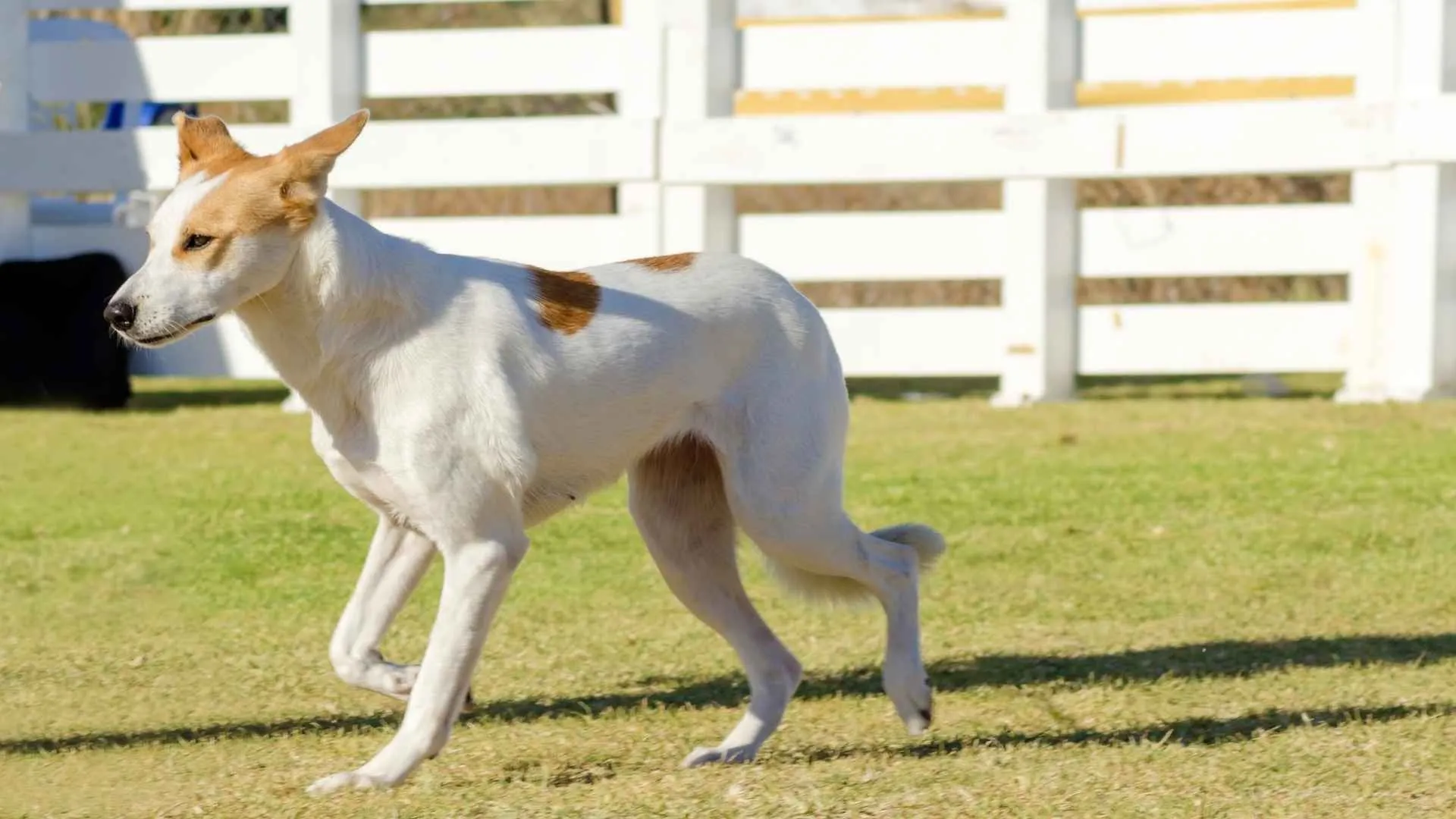
The Canaan Dog is a living link to the ancient world, with roots tracing back thousands of years to the Middle East. Believed to be the dogs left behind by the Israelites during their diaspora, these resilient canines returned to the wild and adapted remarkably well to desert life. Today, they are recognized not just for their historic significance but also for their unique blend of independence and loyalty.
Medium-sized and squarely built, Canaan Dogs sport a wedge-shaped head, erect ears, and a bushy, low-set tail. Their appearance is neat and natural, often featuring a short to medium-length double coat that sheds seasonally. Coat colors vary widely, from sandy to black and white, and contribute to the breed’s distinctive yet adaptable look. They are alert and agile, capable of navigating rugged terrain with ease.
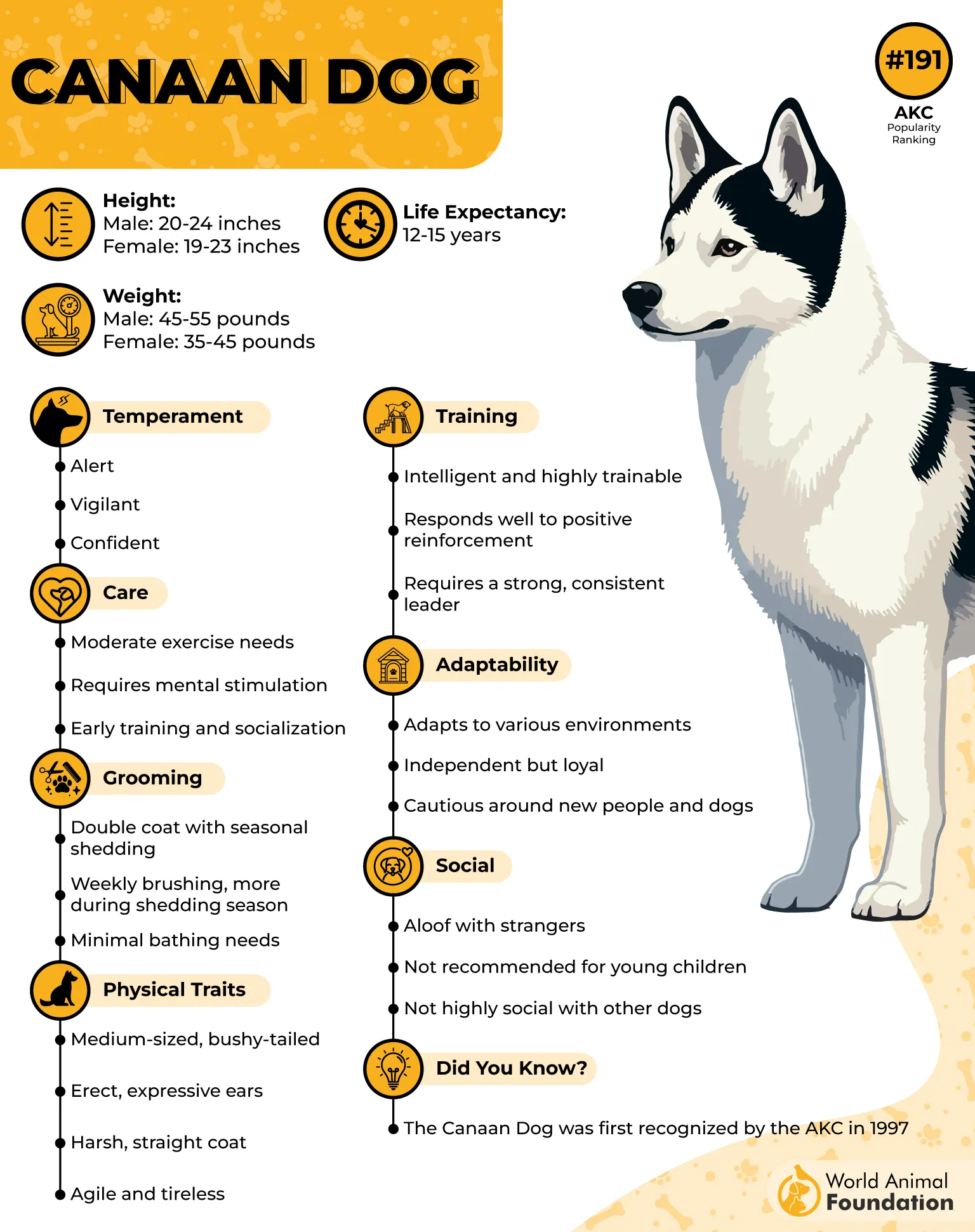
Britannica reports that the Canaan Dogs are tough, clever, and capable of being trained, but they require proper socialization. They’ve been successfully used for various roles, including herding, guarding, tracking, and even serving as guide dogs.
Despite their desert-hardened background, Canaan Dogs are highly trainable when given early socialization and consistent guidance. They are known for being reserved with strangers but deeply devoted to their families. This wariness makes them excellent watchdogs without tipping into aggression; an ideal balance for a protective pet.
Canaan Dogs thrive on mental stimulation and moderate physical activity. They enjoy tasks that allow them to use their problem-solving skills, such as obedience training or agility exercises. Although not hyperactive, they do best in homes where their natural intelligence and instincts are respected and channeled productively. Their story is more than just historic; it’s a celebration of adaptability, resilience, and the enduring companionship of pariah breeds.
6. Kombai
The Kombai, a powerful guardian with deep roots in Tamil Nadu, is as fierce as it is loyal. Originally bred to protect villages and estates, this ancient South Indian breed was renowned for taking on leopards and wild boars; a testament to its fearless nature and muscular build. Though its hunting days may be fewer now, that bold spirit remains firmly intact.
Compact and agile, Kombais are built for action. Their lean bodies, powerful jaws, and strong legs make them incredibly fast and effective in protecting territory. With a short, dense coat, typically reddish-brown, and a black muzzle, they carry an unmistakable intensity. But beyond their appearance lies a sharp intelligence and strong territorial instinct that has made them excellent guard dogs for centuries.
Despite their reputation for bravery, Kombais are known to form strong bonds with their human families. They’re deeply loyal, especially to a single master, and can be affectionate with those they trust. However, this loyalty comes with a caveat; they’re naturally wary of strangers and require careful socialization from an early age to temper their protectiveness.
Kombais are not ideal for first-time dog owners. Their independent streak and high prey drive demand confident, experienced handlers who understand firm, consistent training. They need room to roam, daily exercise, and meaningful mental engagement to keep them balanced and content.
For those up to the challenge, the Kombai offers something truly unique: a living piece of India’s history, wrapped in muscle, instinct, and unwavering devotion. They’re not just pets; they’re protectors, partners, and proud remnants of an ancient canine lineage.
7. Rajapalayam
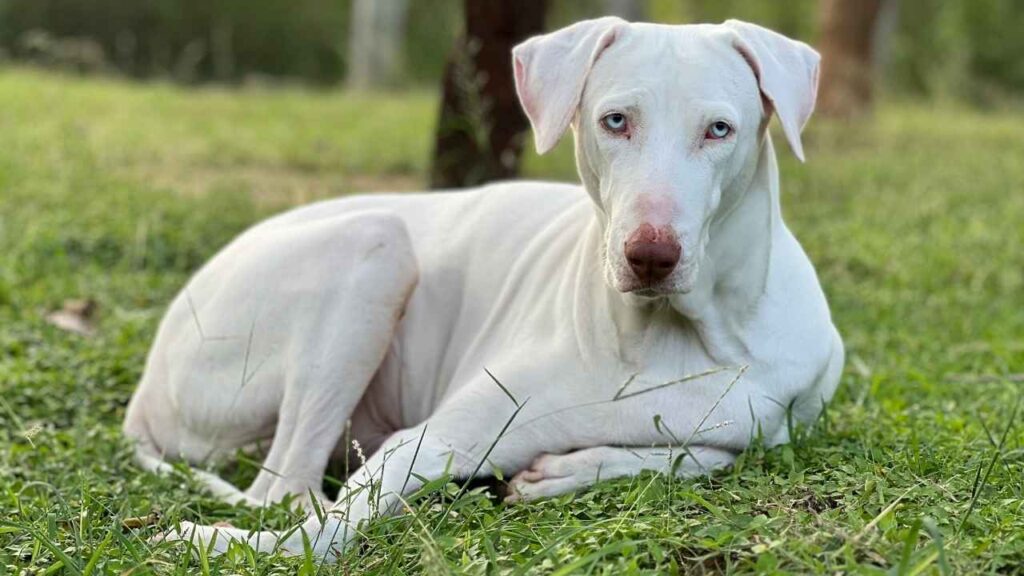
If you’re looking for a pariah breed that combines elegance with power, the Rajapalayam stands tall, literally and figuratively. Originating from southern India, this regal sighthound was once the prized guardian of aristocratic estates and the trusted war dog of royal armies. Its striking white coat, pink nose, and deep-set eyes give it an unmistakable, noble presence.
But don’t let the royal history fool you; this dog is built for action. Rajapalayams are agile, fast, and muscular, originally bred for hunting wild boar. Their strong prey drive and territorial instincts make them excellent watchdogs, but they’re not the kind to befriend every stranger at the park. With their families, however, they are loyal and deeply affectionate.
These dogs thrive in environments where they have room to stretch their legs. A home with a secure yard and opportunities for exercise is ideal. While independent by nature, Rajapalayams respond well to firm, consistent training, especially when started early. Socialization is key to ensuring they’re comfortable around other pets and people.
Health-wise, the breed is generally robust but can be prone to deafness, particularly in fully white individuals with pink skin. Responsible breeding practices have helped mitigate this, but regular vet checkups remain important. Their short coat is easy to maintain, requiring only occasional grooming.
Once revered on the battlefields, today the Rajapalayam finds its place in modern homes as a devoted companion and natural protector. For those willing to earn its trust, this rare Indian pariah breed offers a blend of strength, sensitivity, and steadfast loyalty that’s hard to match.
Conclusion
From sunbaked streets to rural landscapes, pariah dog breeds have not only survived; they’ve thrived. These remarkable canines, including Indian native dogs, street dogs, and even feral dogs, are living testaments to nature’s blueprint: intelligent, adaptable, and incredibly self-reliant. Unlike selectively bred show dogs or many European dog breeds recognized by the United Kennel Club, pariah breeds have been shaped by centuries of instinct and environment, making them some of the most balanced and low-maintenance house pets you’ll find.
Whether you’re drawn to the dignified stance of the Rajapalayam, the street-smart intuition of village dogs, or the resilience found in wild dogs that often end up in animal shelters, these breeds offer a refreshing look at what it means to be truly in sync with nature. For dog lovers open to something beyond the usual pedigrees, be it a mixed breed or even a German Shorthaired Pointer, exploring these breeds that may even retain some wild behaviors isn’t just eye-opening; it’s deeply rewarding.
After all, behind every pariah dog is a legacy of resilience, loyalty, and quiet strength waiting to be discovered. Maybe it’s time we started seeing them not as strays, but as stars in their own right.


